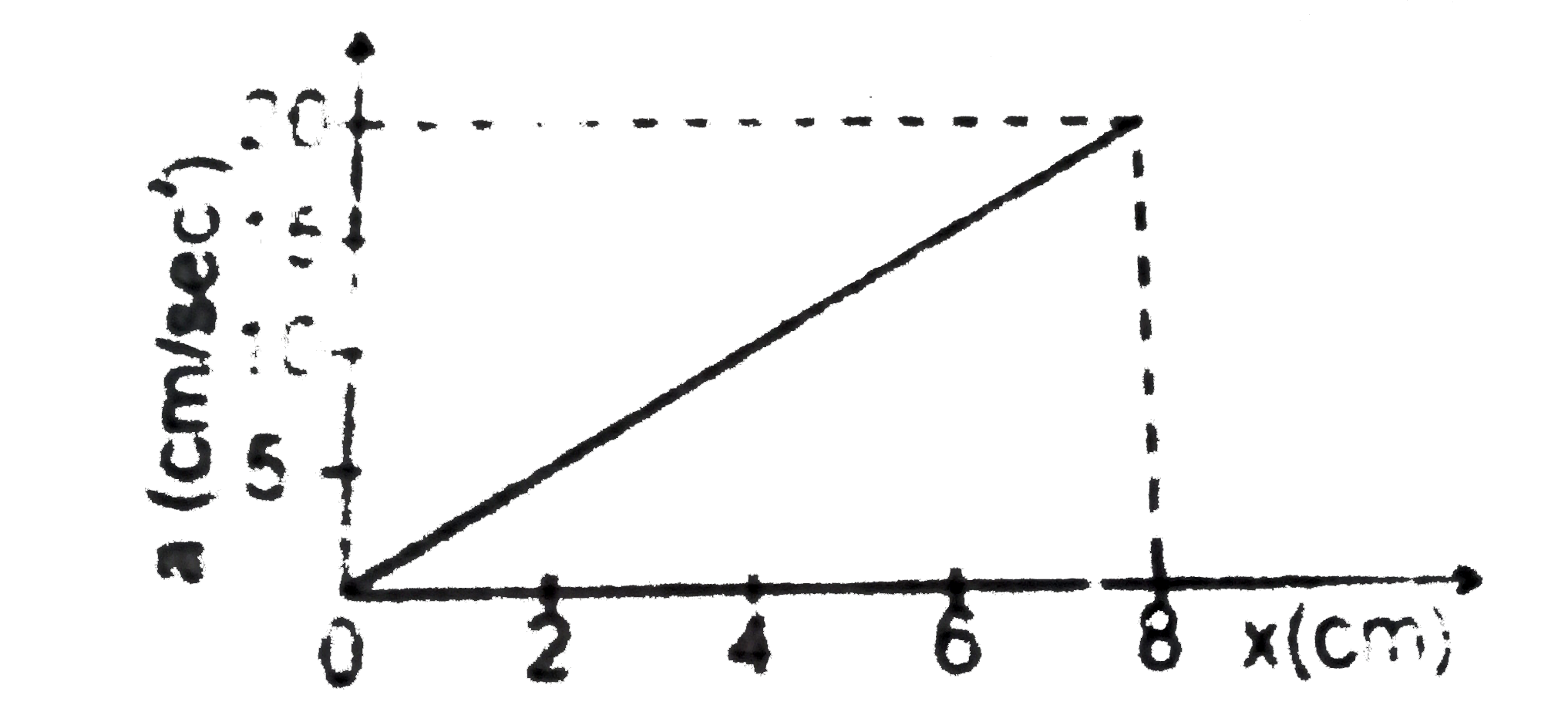X is the rhythmic contraction and relaxation in the aorta and its main arteries. What is X ?
(a) Heartbeat
(b) Heart rate
(c) Pulse
(d) Cardiac output
The correct Answer is:C
To solve the question "X is the rhythmic contraction and relaxation in the aorta and its main arteries. What is X?", we can follow these steps:
Step 1: Understand the Question
The question is asking for a term that describes the rhythmic contraction and relaxation occurring in the aorta and its main arteries.
Step 2: Analyze the Options
The options provided are:
- A) Heart beat
- B) Heart rate
- C) Pulse
- D) Cardiac output
Step 3: Define Each Option
- Heart beat: This refers to the actual contraction of the heart muscle.
- Heart rate: This is the number of heart beats per minute.
- Pulse: This is the feeling of the rhythmic expansion and contraction of arteries as blood is pumped through them by the heart.
- Cardiac output: This is the volume of blood the heart pumps per minute.
Step 4: Relate the Options to the Question
The question specifically mentions "rhythmic contraction and relaxation in the aorta and its main arteries." The pulse is the result of the heart pumping blood, which causes the arteries to expand and contract rhythmically.
Step 5: Identify the Correct Answer
Since the pulse is directly related to the rhythmic contraction and relaxation of the arteries due to the heart's pumping action, the correct answer is C) Pulse.
Final Statement
Thus, the correct answer to the question is C) Pulse.
---
The question is asking for a term that describes the rhythmic contraction and relaxation occurring in the aorta and its main arteries.
The options provided are:
- A) Heart beat
- B) Heart rate
- C) Pulse
- D) Cardiac output
- Heart beat: This refers to the actual contraction of the heart muscle.
- Heart rate: This is the number of heart beats per minute.
- Pulse: This is the feeling of the rhythmic expansion and contraction of arteries as blood is pumped through them by the heart.
- Cardiac output: This is the volume of blood the heart pumps per minute.
The question specifically mentions "rhythmic contraction and relaxation in the aorta and its main arteries." The pulse is the result of the heart pumping blood, which causes the arteries to expand and contract rhythmically.
Since the pulse is directly related to the rhythmic contraction and relaxation of the arteries due to the heart's pumping action, the correct answer is C) Pulse.
Thus, the correct answer to the question is C) Pulse.
Topper's Solved these Questions
- BODY FLUIDS AND CIRCULATIONBOOK - NCERT FINGERTPS ENGLISHCHAPTER - BODY FLUIDS AND CIRCULATIONEXERCISE - HOTS
5 Videos
- BODY FLUIDS AND CIRCULATIONBOOK - NCERT FINGERTPS ENGLISHCHAPTER - BODY FLUIDS AND CIRCULATIONEXERCISE - EXEMPLAR
16 Videos
- BIOMOLECULESBOOK - NCERT FINGERTPS ENGLISHCHAPTER - BIOMOLECULESEXERCISE - Biomolecules
137 Videos
- BREATHING AND EXCHANGE OF GASESBOOK - NCERT FINGERTPS ENGLISHCHAPTER - BREATHING AND EXCHANGE OF GASESEXERCISE - Breathing And Exchange Of Gases
140 Videos
Similar Questions
What is oogenesis. What are its main steps?
View SolutionA 10 kg mass moves x-axis. Its acceleration as function of its position is shown in the figure. What is the total work done on the mass by the force as the mass moves from x = 0 to x = 8 cm ?

View SolutionIf radius of the earth contracts to half of its present value without change in its mass, what will be the new duration of the day?
View SolutionIf the radius of the earth contracts to half of its present value without change in its mass, what will be the new duration of the day?
View SolutionIf the radius of the earth contracts to half of its present value without change in its mass, what will be the new duration of the day?
View SolutionIf radius of the earth contracts to half of its present value without change in its mass, what will be the new duration of the day?
View SolutionHow does the muscle shorten during its contraction and lengthen during its relaxation? Explain with suitable diagrams.
View SolutionThe displacement x of a particle moving in one direction is given by t=√x+3 , where x in meter and t in sec. What is its displacement when its velocity is zero
View SolutionIn the previous illustration. Consider the situation when the string is completely compressed. Then it begins to relax and will come to its original length.
a. What is the work done by the spring during the period?
b. Is the work done by the spring positive or negative?
View SolutionA point lies on positive direction of X-axis at a distance of 7 units from the Y-axis . What are its coordinates? What will be the coordinates, if it lies on negative direction of Y-axis at a distance of 7 units from X-axis ?
View Solution
